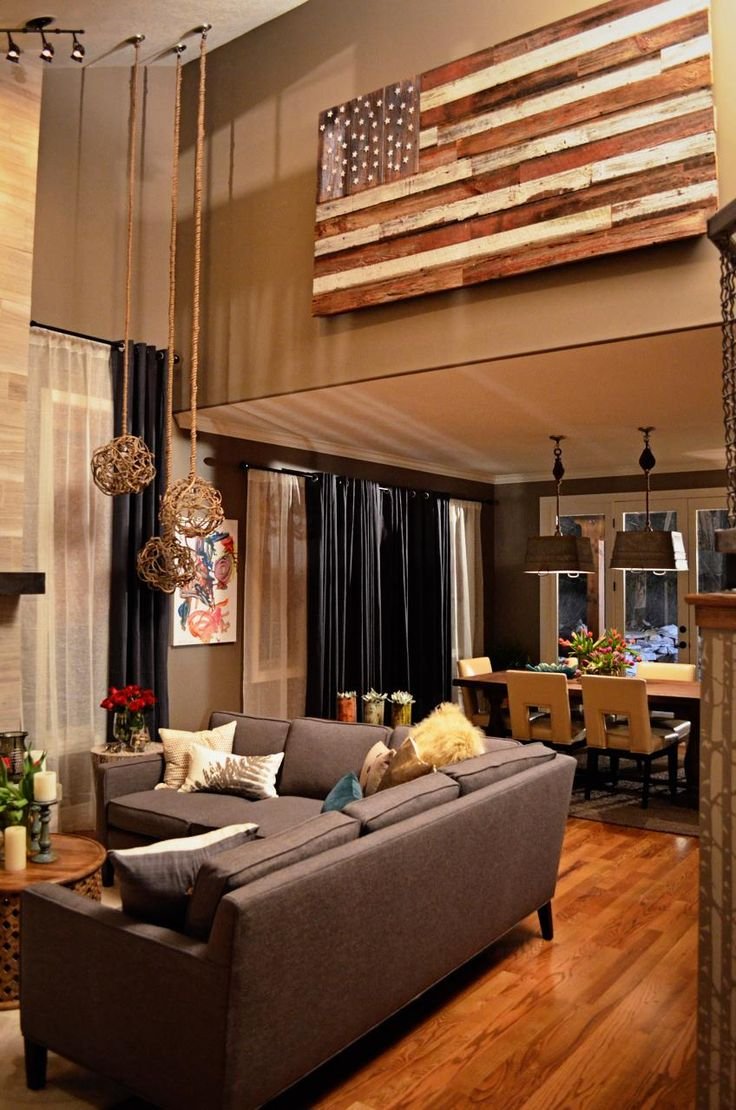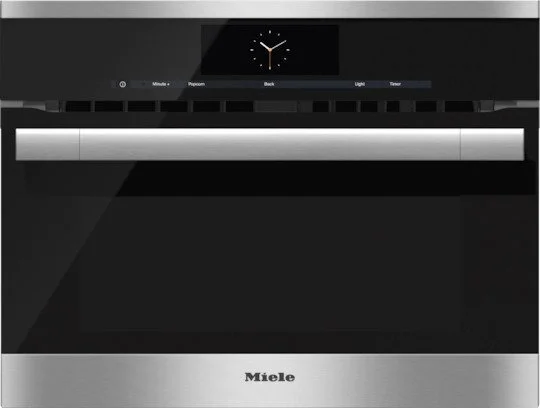How does it work, why does it work, and how can you break an oven?
We are back again for our final appliance deep dive article. This one is all about the oven in your kitchen. We bake with it, we cook with it, we roast with it, and that’s only some of what your oven allows you to do. We're taking a look at the types of fuel, the parts that you need to be aware of, and the most common features that you can be on the lookout for.
Types of Ovens
When it comes to ovens, there are three main categories. You have your conventional electric oven, your conventional gas oven, your steam oven, and then the convection oven.
A conventional oven will cook your food by heating it with radiant heat created by the internal elements rather than an open flame. There are typically two heating elements or resistors in the top and bottom of the oven. Because of the ease of production, this is the most common and most basic oven available on the market. However, these are also not as precise when it comes to cooking. They're fantastic for cooking lots of food, they heat up quickly and evenly, and as we said, they're easy to replace.
A conventional gas oven, on the other hand, is much better for more precise foods. A gas oven dates back to the 19th century. They can still be found all across the globe, both because they're effective in terms of cost and also because of the ability to fine-tune the temperature.
The pieces within your gas oven are the ignition, the cooling fan, the thermostat, and the burner or burners, depending. The most important though is the flame failure device. This tool works to cut off the gas supply and prevents the build-up of gases if something goes wrong.
Your gas oven today is actually much safer than many would have you believe when treated properly and maintained. In the past, gas ranges and wall ovens used what was called a free-standing pilot light. Today they rely on a safety valve, that flame failure valve that we mentioned, that doesn't permit gas to flow into the burner unless the igniter is producing enough heat to ignite the gas. If there's no electricity, the oven igniter doesn't get hot enough, and therefore the gases cannot build up.
The steam oven, though, is an oven that either cooks just by using steam or has an additional steam function on top of other more 'standard' functions that it can switch in between. Most steam ovens function by siphoning water from a cistern that you fill up into a built in boiler. That gets heated to 212* F and then vented into the oven. The heat from the steam is just as effective for cooking your food as any other method, and can actually be faster.
Our final style of oven, the convection oven, is actually different from either the electric convection oven or the gas oven. In this type of oven, the main feature is actually the fan that enhances both the circulation of air and the temperature in the oven. The other elements include a tray at the bottom to protect your bake elements from drips or spills, a fan blade, a cooling compartment, and a convection baffle. If you're like most people and haven't heard of a battle before this is a case that protects and encloses the fan separate from the rest of the oven. The fan serves to move hot air evenly around your food, causing a faster cooking time.
The convection oven is for more than baking, although that is what some say it's best for it's capable of roasting, broiling, toasting, and dehydrating. All of that with hot "just" hot air.
Parts of Your Oven
Now, while it's true that your oven types are all very different, there are some similarities that can be found across all of them.
All ovens are going to have an element that accomplishes the goal of making it into a very, very hot box. Electric ovens have a bake element, gas ovens have the burner system, the steam oven has the boiler, and the convection ovens have fan and bake elements.
They also all have an internal thermostat that's meant to measure the heat inside and shift temperatures as needed. If your oven that you're dealing with is particularly old you might not have that and will need to look for other methods of checking the temperature.
Most will also feature a small vent inside to help with mitigating the smoke that can be created or a duct for removing the smoke outside.
Beyond these few parts though, your ovens will be different. It's best to hold on to your manual when you purchase it so that you can reference it as needed.
Features With Your Oven
All right, that's the boring stuff Let's move on to some of the interesting stuff like features you can look out for.
Multiple types of heat settings -
We love it when an oven has options from baking to boiling to 'keep warm’. Because cooking can be so different at different stages having something like this makes life so much easier and more precise.
Dedicated warmer tray or drawer-
Instead of offering a separate mode, some ovens will offer a dedicated section of the oven for keeping foods at a certain temperature. This is fantastic if you are looking to proof bread or wanting to keep different pieces of a meal warm while other pieces are still cooking.
Steam cleaning mode-
As we've mentioned before, the only good way to clean your oven is with elbow grease. However, we will say that ovens which come with a steam clean mode rather than the burning method, are much more to our liking. These make it so much easier to get in and get everything wiped off and don't require running the risk of melting and important component within your oven.
Safety locks-
Parents rejoice! It is possible to find ovens that feature a safety lock to keep your little ones out of the oven. While that is one feature in a household of many places they can get into, it is definitely a worthwhile feature in our opinion.
Did you learn what you expected about ovens? Did we miss something glaringly obvious? Let us know over on our Facebook page or in the comments below.
If, instead, you are here because your oven specifically is giving you trouble, we're sorry to hear that. You can reach out to us via our contact page or by giving us a call at ((214) 599-0055) to set up an appointment today. We will work with you to find a time that works best for you and your schedule. At Appliance Rescue Service, our goal is to get your home running smoothly again.
P.S. And for those of you wondering the answer to our question in the headline of how to break an oven? The answer is easy, you press the “Self-clean” button.




























